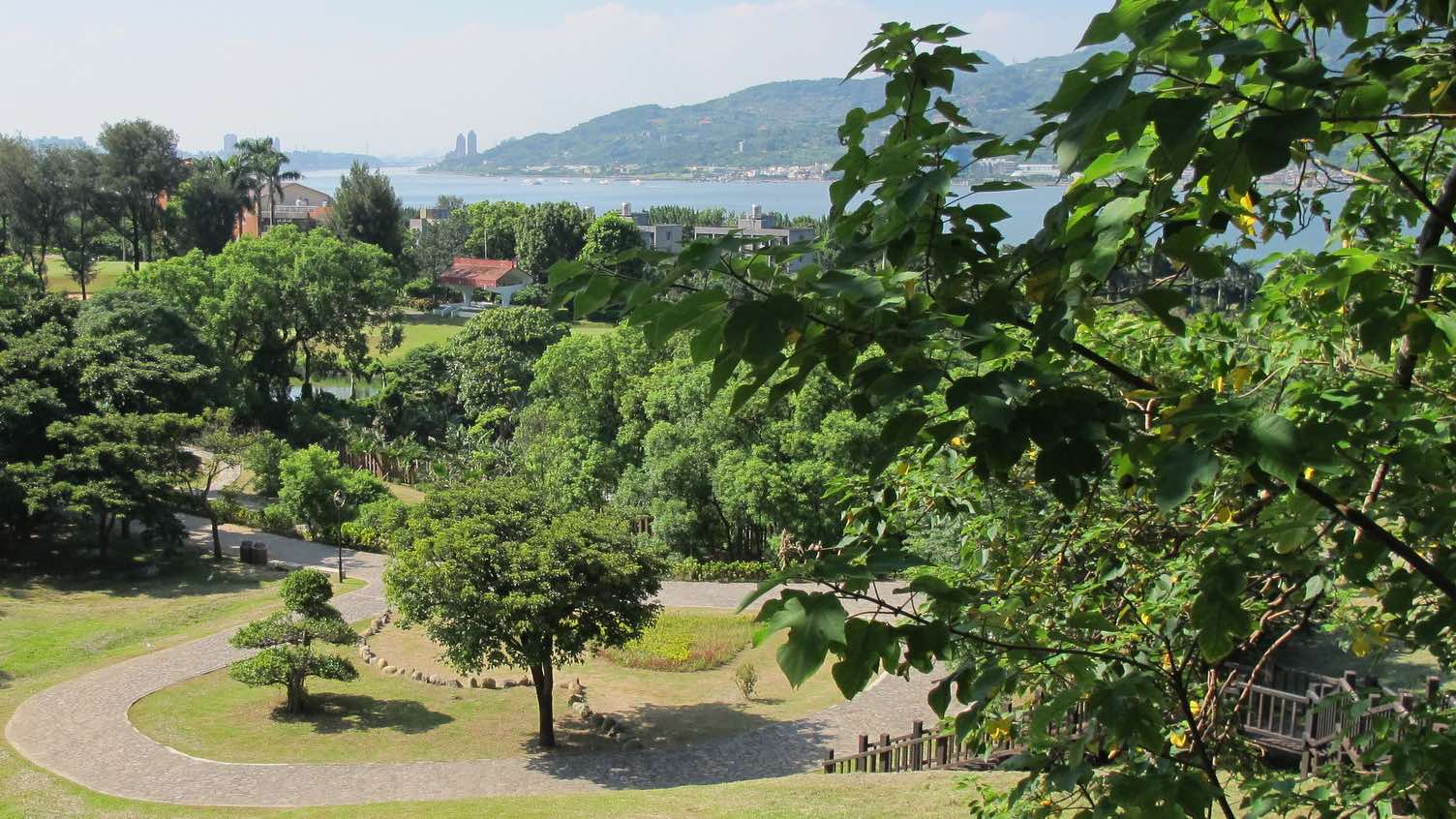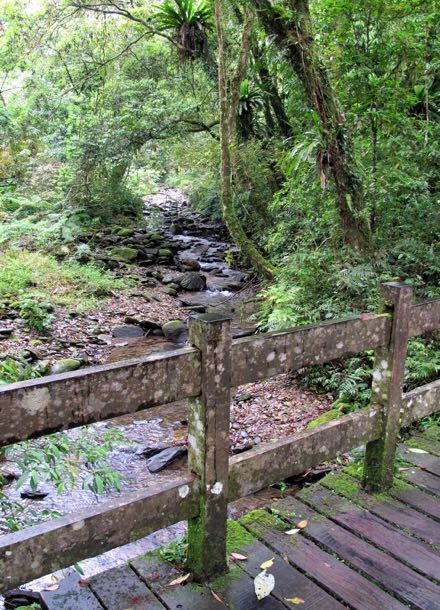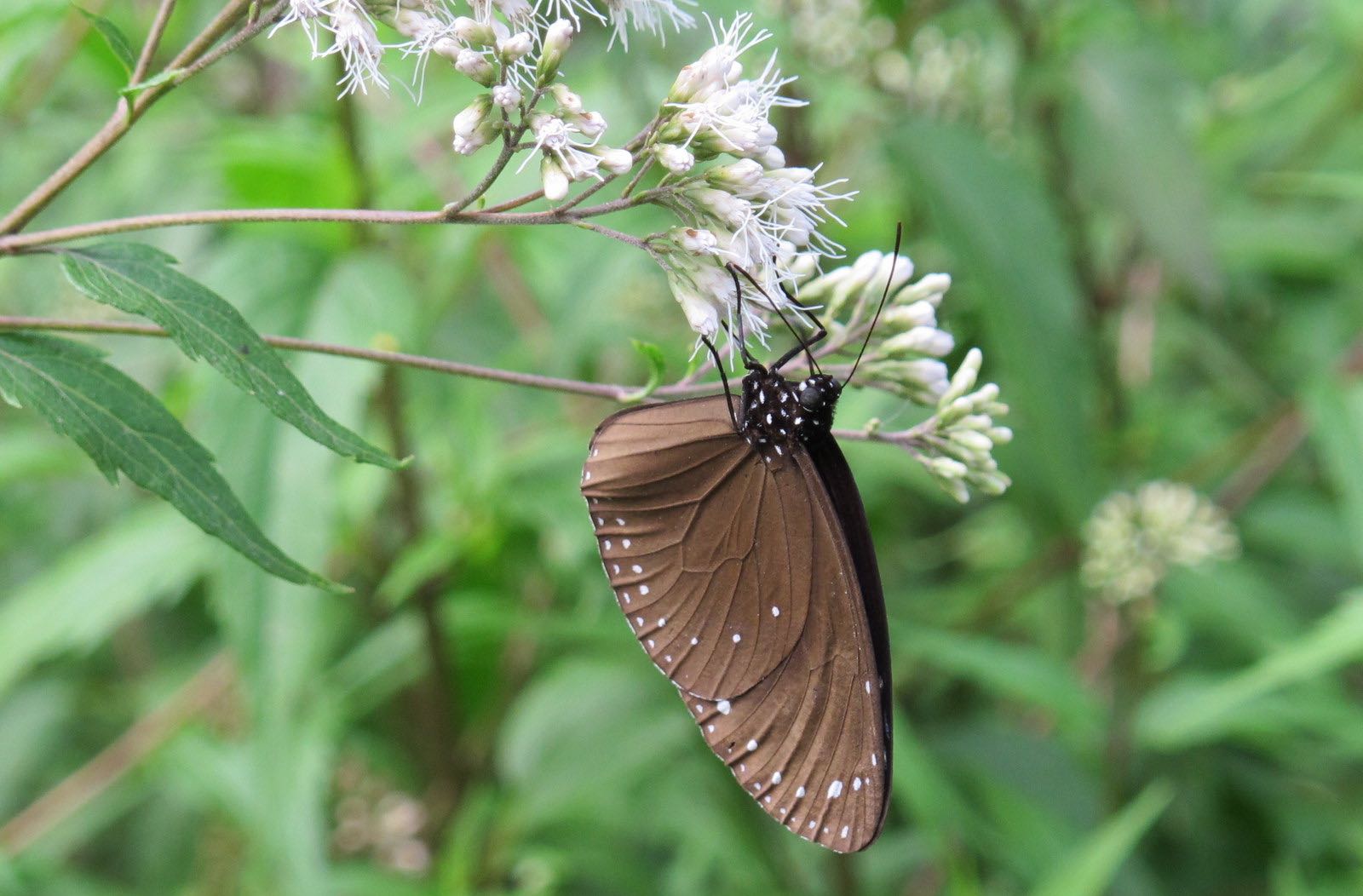
Autumn’s sunny days are ideal for excursions to places like Tamsui (Danshui) near Taipei.
“Autumn, the year’s last, loveliest smile…” wrote William Cullen Bryant. The 19th-century American poet never visited Taiwan, but his words are just as true for East Asia’s most alluring island as they are for the New England he knew and loved. The main reason is, of course, the weather. In October and November it’s dependably comfortable, with Taipei’s daytime temperatures averaging 19 to 25 degrees Celsius (66 to 77 degrees Fahrenheit). In a typical year, November is the capital’s second driest month each year, while October is the fourth driest.
Autumn is an ideal season for outdoor activities, especially if you are heading into Taiwan’s breathtakingly rugged interior. This is the time of year to enjoy Yushan National Park. Driving up from the plains into the uplands, you’ll pass (an immensely popular destination in its own right) and enter a realm where, because human visitors are few, macaques and pheasants loiter beside the road. Bring a thick jacket and a warm hat as you’ll encounter dramatically lower temperatures once you’re above 2,000 m (6,562 ft above sea level).

Mid-elevation destinations such as Fushan Botanical Garden are best visited after summer’s typhoons.
Tataka, at an altitude of 2,610 m (8,563 ft), is a fine place to park your car and stretch your legs. Nearby trails leads to a ridge called Mount Lulin as well as a more prominent peak, Mount Dongpu. If snow has already fallen on Mount Jade, it’s well worth lugging your camera and tripod to the top of the latter. It takes about half an hour; the trail is steep but safe.
Further north, Shei-Pa National Park is another important conservation area. Each autumn, as the leaves on hundreds of trees turn red or oranges, the park’s Wuling Farm offers autumnal scenes more usually associated with Canada than a sub-tropical part of Asia. To enhance the seasonal experience, park staff also plant flowers which are at their best between late July and the onset of winter. Until the 1990s, much of Wuling Farm was given over to fruit, tea and vegetable production. Nowadays conservation is the main priority, an important goal being the protection of the Formosan landlocked salmon. This endangered fish species is found nowhere else on Earth. Its ancestors arrived in Taiwan during a glacial period, and when the planet warmed, they migrated upriver, deep into the mountains. Because they’re unable to survive for long in water warmer than 17 degrees Celsius (63 degrees Fahrenheit), the salmon are trapped a mile above sea level – and grave threatened by climate change.
Wuling Farm isn’t the only place in Taiwan where maple trees add to an already stunning alpine landscape. Much of Aowanda National Forest Recreation Area is over 2,000 m (6,562 ft) above sea level, and several hectares of it are dominated by maples. A 6-km-long hiking trail makes exploring this sublime patch of woodland easy. Do bring a picnic, as the waterfalls and other attractions may well cause you to linger through lunchtime.
English-language information about Taiwan’s 18 major forest recreation areas can be found here. Do check the website before driving into the hills, as occasionally landslides cause the closure of forests or approach roads.
Silver grass, cultivated in North America as an ornamental plant, thrives in Taiwan’s natural spaces. At certain times of the year, masses of it can be seen alongside waterways in the south, such as the Zengwen and Cailiao rivers in Tainan, and on hillsides in the north. This reed-like perennial grows about waist-height.
Seas of silver grass swaying in the breeze are easy to spot in the hills near Keelung and also in parts of Yangmingshan National Park, and one of the most alluring is also one of the most accessible. Xiaoyoukeng, next to the mountain road between downtown Taipei and Jinshan on the north coast, is famous for its steam-spewing fumaroles. Thanks to sulphur brought to the surface by geothermal activity, the silver grass which begins sprouting there in late September displays a unique reddishness.
There’s plenty for nature lovers who stick to the lowlands. Because it never gets truly cold on the plains, you’re sure to see thriving wildflowers, many of Taiwan’s 400-plus butterfly species, and flocks of migrating waterbirds.

